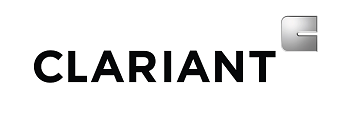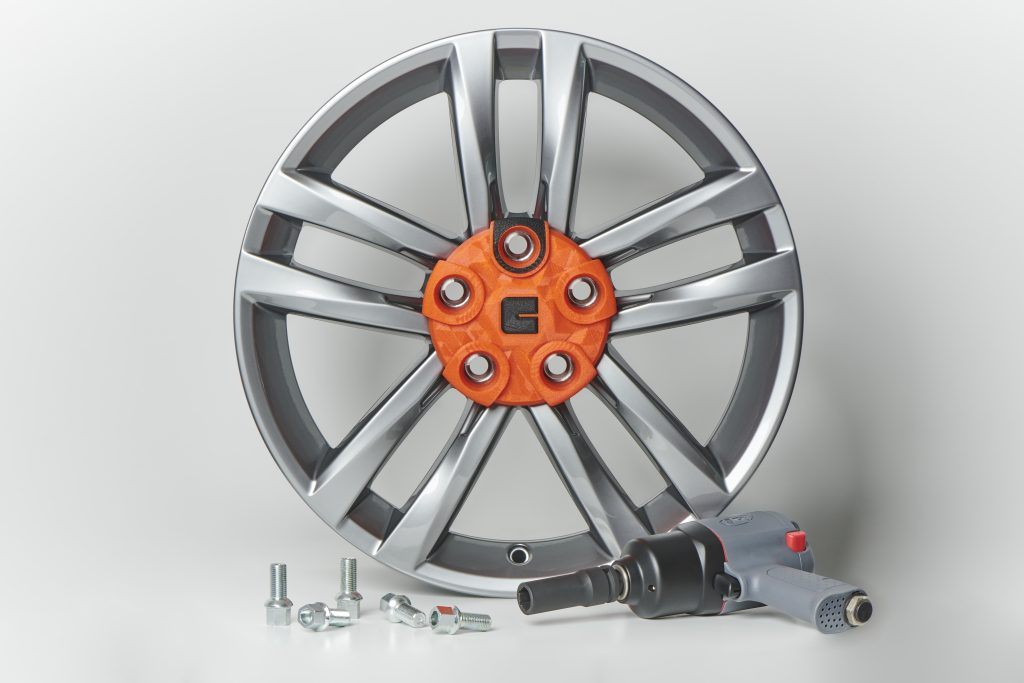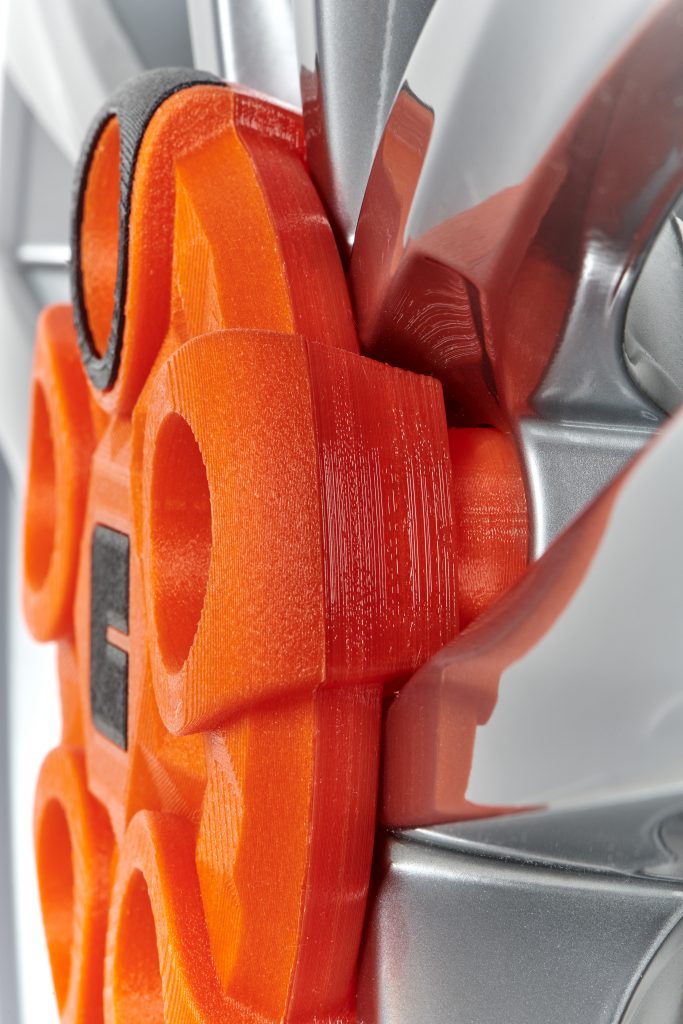Clariant PLA-HI-GF10 Now Available for Industrial 3D Printing; Increased Performance at Reduced Cost

Switzerland-headquartered Clariant continues to expand its 3D printing products and solutions for customers around the world in a wide range of industries. Recently, the Clariant team developed a new product for their users who are seeking better printability and performance from their 3D printing materials. To meet manufacturers needs, Clariant has released a high impact 10% glass fiber reinforced polylactic acid (PLA) that is not only strong, stiff and durable but also works on numerous material extrusion 3D printers.

Along with the new Clariant PLA-HI-GF10, Clariant also offers ESD safe filaments for sensitive electronic components. Customers have recently also tested PET-G ESD on 3D printed production tooling for high precision drive systems and sensors (in aerospace), semiconductors, powertrain and electronic components and drive components (in medical).
“Clariant has strong capabilities in delivering tailored industrial 3D printer solutions, and we wanted to provide a higher performance and unique solution for customers who have adopted 3D printing to produce manufacturing aids versus traditional methods like CNC machining. Customers who use our high impact 10% glass fiber reinforced PLA have increased material performance and reduced costs when producing manufacturing aids,” said David McCann, Senior Business Architect with Clariant 3D printing.

Clariant PLA-HI-GF10 offers the following benefits:
- Higher strength in comparison to PLA
- High impact resistance (will not shatter when dropped on a production floor)
- Availability in many colors to allow color-coding during production
Clariant developed this filament due to the needs of customers looking for a tougher material that would not be difficult to use. The R&D team at Clariant tested out different material variants, with PLA and Polyethylene Terephthalate Glycol (PET-G) chosen for base polymers because they are tough, printable, and present only minimal warpage for users. Glass fiber and impact modification additives were also used to strengthen and modifty the PLA and PET-G further.

The materials were tested by Clariant 3D printing engineers in Frankfurt, Germany, using Ultimaker S5 printers outfitted with fiber-capable nozzles. The team discovered that the high impact 10% glass fiber reinforced PLA is an ideal manufacturing aid material as it prints exceptionally well, is very strong, and demonstrates good stiffness, toughness as well as high impact resistance.
Additive Manufacturing Consultant, Mark Burghoorn of Cards PLM, a Clariant reseller, shared some insights about the new product:
What applications are you seeing for PLA-HI-GF10?
Jigs, fixtures, tooling, and functional prototype parts that require high tensile strength and toughness but are easy to print are the most popular applications.
Many industrial companies start with regular PLA. Soon they realize that they require a higher-grade engineering filament for use in manufacturing. Today many filament materials could work. But the search (and testing) of these materials still takes time.
The fact that Clariant PLA-HI-GF10 is now available provides us with an easier, faster path to proof of concept and customer acceptance. PLA-HI-GF10 is easy to print on the Ultimaker S5 with a CC0.6 RED hardened nozzle and, compared to other materials, doesn’t require intensive drying.
The partnership between Clariant (materials & print settings), Ultimaker (3D printer & Cura software) and us (sales, customer training & support, Siemens NX CAD software for AM) is the perfect combination towards our industrial target group and very well appreciated.
What types of customers are using 3D printing for jigs and fixtures?
Our target group comprises of manufacturing companies within the Benelux, with a particular focus on the automotive and aerospace markets.
Why are companies turning to 3D printing for jigs and fixtures?
The main business driver is their desire to quickly adjust production and test facilities during engineering (re)design processes. With 3D printing, this can be done almost instantly compared to third-party milling or injection molding. Time on engineering projects can be reduced significantly.
Any insight into the typical cost of a 3D printed fixture instead of a traditionally manufactured one?
A short time to market is critical here, and saving money comes second. We have an automotive example where a traditional fixture costs EUR 3,000 per part and has a project time span of 60 days to realize. With 3D printing, this could be reduced to EUR 187 per part and completed in 6 days.
No matter what level of 3D printing you currently do, chances are you have become a bit of a part-time materials scientist too—and while you may have performed extensive research regarding the best filaments for fabrication on your end, many users today end up wasting time and money through trial and error. Manufacturers like Clariant, a global specialty chemicals company, have already done the hard work for you though—thanks to an experienced research and development team producing customized filament meant for high-performance production. Find out more here.

[Sponsored Article]
Subscribe to Our Email Newsletter
Stay up-to-date on all the latest news from the 3D printing industry and receive information and offers from third party vendors.
You May Also Like
Gorilla Sports GE’s First 3D Printed Titanium Cast
How do you help a gorilla with a broken arm? Sounds like the start of a bad joke a zookeeper might tell, but it’s an actual dilemma recently faced by...
Nylon 3D Printed Parts Made More Functional with Coatings & Colors
Parts 3D printed from polyamide (PA, Nylon) 12 using powder bed fusion (PBF) are a mainstay in the additive manufacturing (AM) industry. While post-finishing processes have improved the porosity of...
$25M to Back Sintavia’s Largest Expansion of Metal 3D Printing Capacity Since 2019
Sintavia, the digital manufacturing company specializing in mission-critical parts for strategic sectors, announced a $25 million investment to increase its production capacity, the largest expansion to its operations since 2019....
Velo3D Initiates Public Offering in a Bid to Strengthen Financial Foundations and Drive Future Growth
Velo3D (NYSE: VLD) has been among a number of publicly traded 3D printing firms that have attempted to weather the current macroeconomic climate. After posting a challenging financial report for 2023,...































